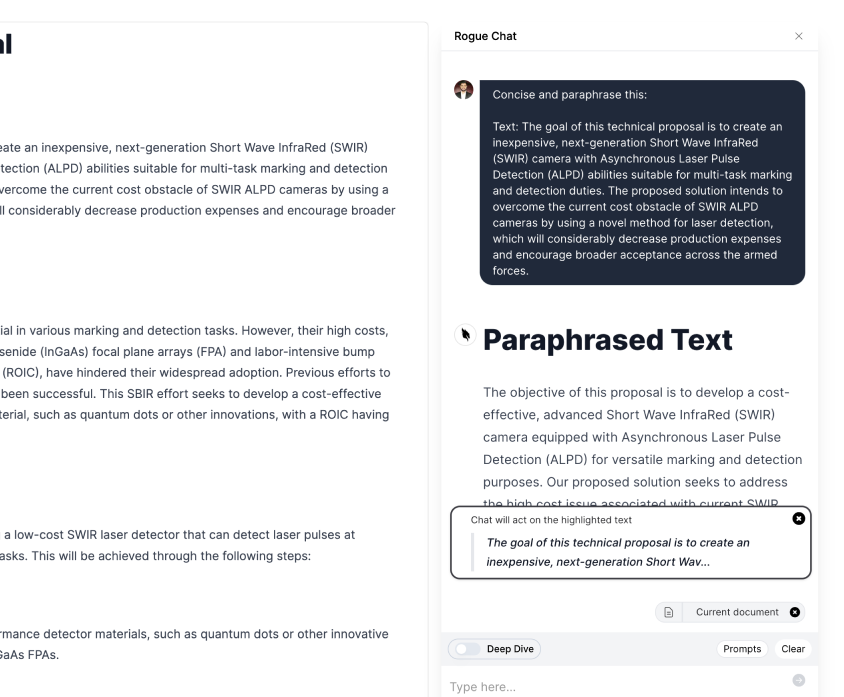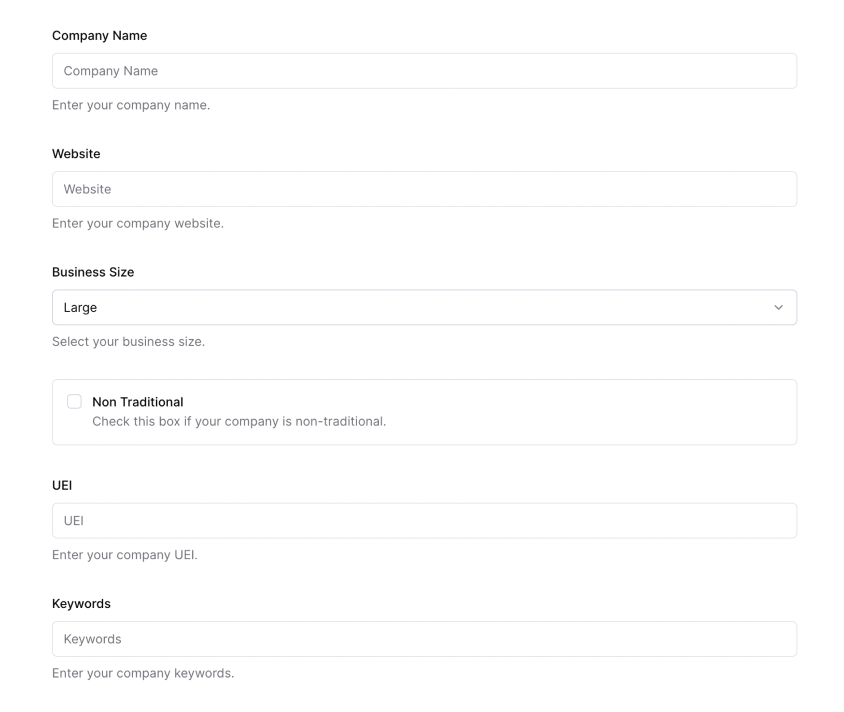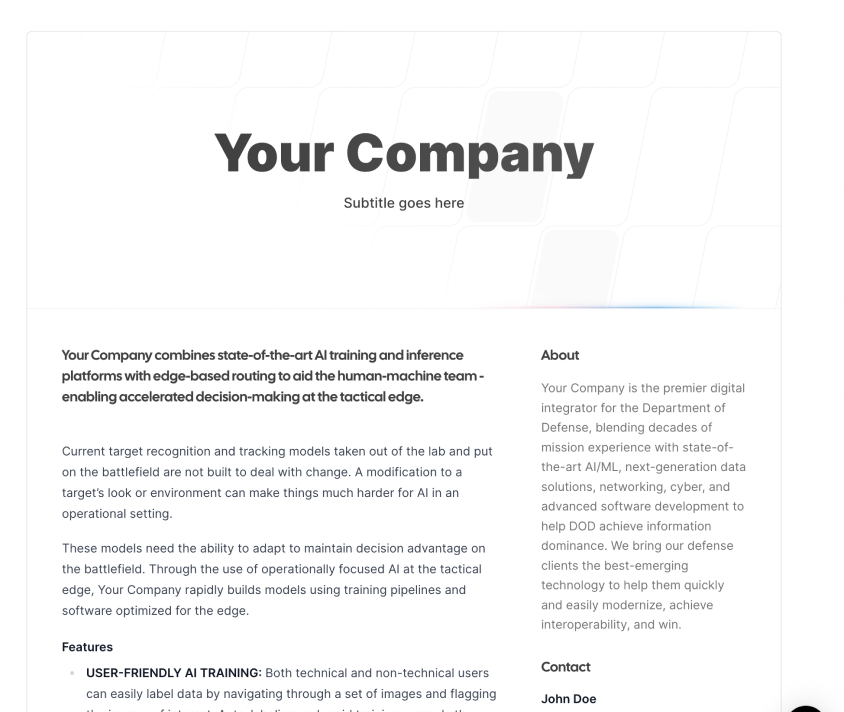
Module 5.e: AI For Capture Prospecting - Part 2
Module 5.e: AI For Capture Prospecting - Part 2
Intro
Following up on Part 1, there are a lot of capture processes that you may not even realize you do. One that provides endless frustration (to us at least) is long-range acquisition forecast/estimates. These are great places to find capture opportunities, many of them even list points of contact. Awesome, a wealth of info. The downsides are:
- There’s not a consistent format, so a wealth of knowledge from one org may be a hollow shell from another
- There’s not a consistent format, so merging them to make one macro LRAF is a massive pain
- There’s no consistent file format, so converting PDF’s back into the excel documents or word tables from whence they came often screws up the formatting, again complicating compilation
Wouldn’t it be awesome if there was an easy way to compile this data so you could skip the low-value task of file conversion, formatting, tabulating, etc.
Enter AI.
I. Data Finding and Extraction
LRAF/E’s are all over the place, but a quick Google returns useful results. For our purposes though we are going to leverage the hard work of the GovCon chamber of Commerce, they compile links to the LRAFs, so no need for us to reinvent the wheel.
For the prompts we’re going to use a lightweight chain of logic:
Prompt:
- are you familiar with long-range acquisition forecasts in government contracting?
- is there a standard format for LRAFs?
- great, I have a number of LRAF files from different Navy organizations that I want to compare and analyze so I can find opportunities
- great, I am going to provide you with a number of LRAF documents in PDF and MS Excel format, they have different data field names but seemingly common data. I want to you do the following:
- allow me to upload each document
- extract and analyze the contents of each document
- devise a common format for consolidating the data from all of the documents such that a minimal number of data fields will lack data
- finally consolidate all of the files into a single file and output the consolidated file in a .csv format now, to start i will provide you with each document one at a time, do not proceed to step 2 until I instructions you to do so, until I instruct you to proceed to the next step assume that I have further materials or instructions to provide you in the current step Do you think you can do this?
- great, here are the LRAF files
MARCORSYSCOM LRAF (FY-22).xlsx
onr-and-nrl-long-range-acquisition-estimate (1).xlsx
Annex-25-Long-Range-Acquisition-Forecast-FINAL.xlsx
- please proceed to step 2, please take your time, you are a very capable data analyst, I know you'll do a great job
- yes, and in any future cases where there is introductory content that is not directly related to the data simply disregard this content and proceed with extraction
- yes please proceed as suggested, however please include the following fields regardless of their existence in all of the files: NAICS Small Business Set Aside Email
- yes, please proceed and as you encounter further errors assume that my answer is "yes" until you get an output as I requested
Output File:
Walkthrough
IV. Practical Exercise
- Do it yourself! See if you can replicate our results, try some variations in your prompts, see what you get.
- Follow the steps above and share your results in the group
- Give feedback below
GovCon GPT Masterclass
31 lessons
Sign up for Rogue today!
Get started with Rogue and experience the best proposal writing tool in the industry.



